About Us: Why We Do Things Our Way
SMOKING WOOD: OUR WAY!
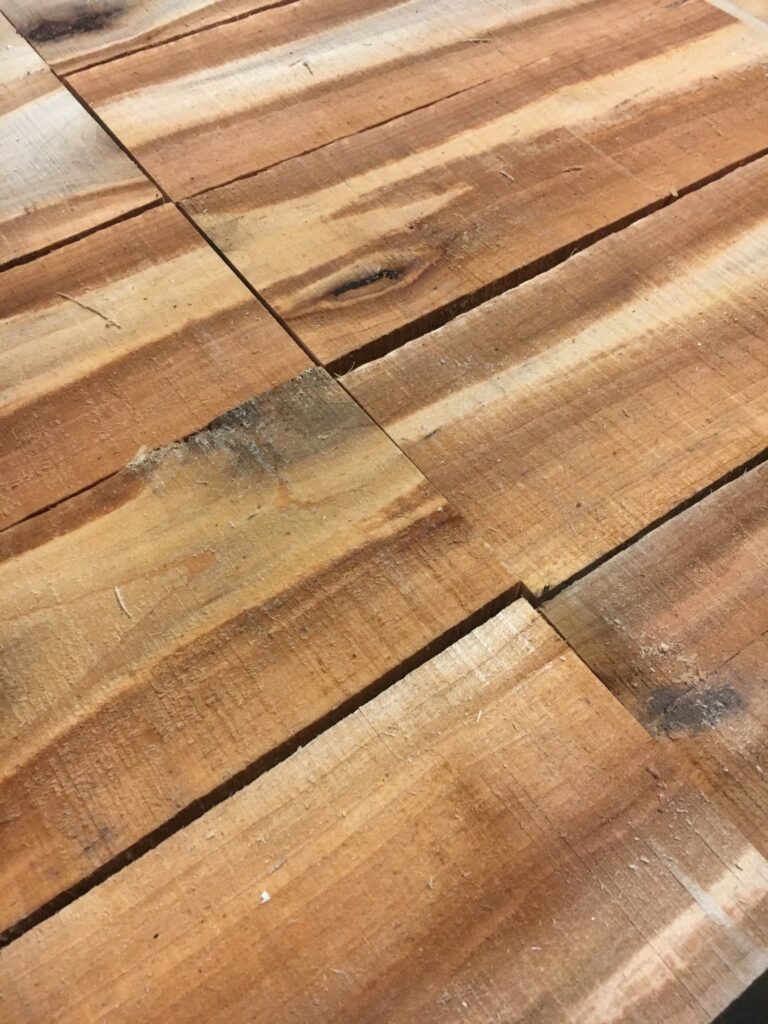
Smoking wood for cooking should be bark-free.
Why– When the bark combusts it does so in variable levels, producing a short burst of elevated temperature. This is likely due in part, to the chemical air pollutant particles that have settled into the outer bark layer (ethyl ether – a common laboratory solvent as well as a starter fluid component; dichloromethane – common compound used in paint strippers and degreasers as well as to decaffeinate coffees and teas; calcium oxalate crystals – a calcium salt found in plant materials with a link to kidney stones in humans.
Bark harbors impurities and can leave a distinct taste difference in foods cooked over bark-on woods.
Smoking wood for cooking should be hardwoods only.
Why— Softwoods or coniferous woods should Never be used for cooking as they have elevated sap levels and more air in their cell structure which causes them to burn fast, hot, produce lots of spark, and produce unpleasant flavors that are not ideal for flavoring foods. Let’s be clear on what softwood Never to use in wood chips for smoking:
- Pine
- Redwood
- Cedar
- Fir
- Spruce
- Hemlock
- Larch
- Cypress.
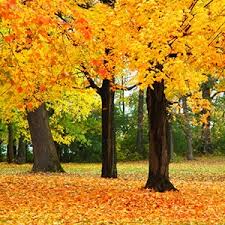
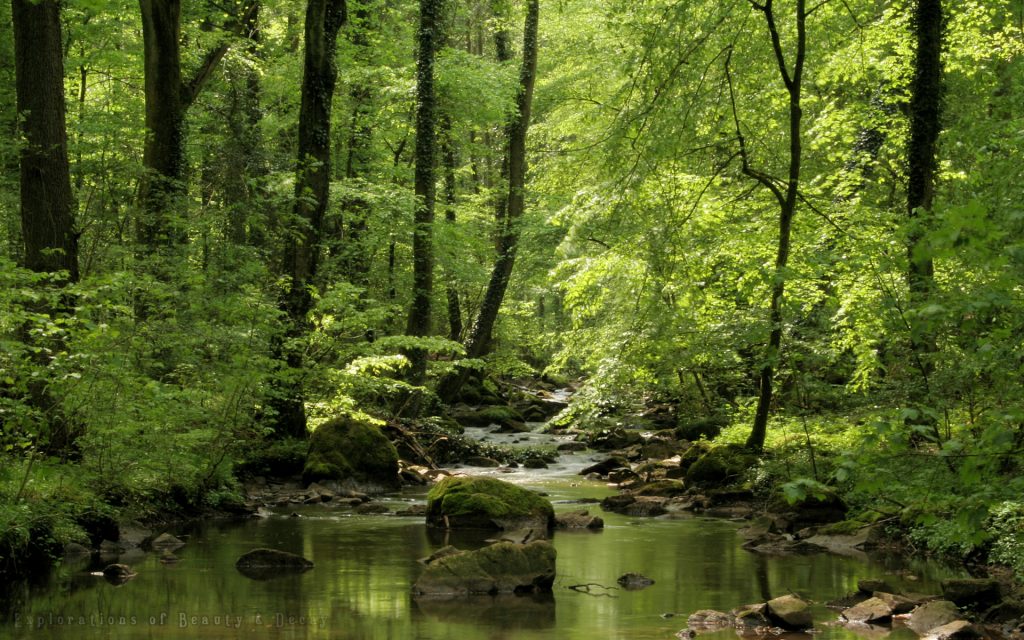
Forest Hardwoods Make the BEST Smoking Wood!
Why– It is well documented that the smoke from hardwood is influenced more from the soil composition (Terroir) and climate than the actual species selected for wood-fired cooking.
When smoking wood is harvested from orchards or nurseries, it’s apparent that its been sprayed with pesticides and chemical preservatives or enhancers. Go chemical-free when you wood-fire cook with a pure smoking wood product.
The wrong wood choice can be a RISK to your health.
Why– Wood is like a sponge. It is designed to absorb impurities that circulate in the air, soil bed, and water system. Like the fruit trees produce, the wood absorbs the pesticides that are applied to the trees. Eat a non-organic apple (keep in mind organic produce also is exposed to pesticides but usually these are natural derivatives and not synthetic), wash it, and you will still absorb any pesticide that has been absorbed into the actual fruit meat.
Same is true for the tree. Pesticide applications embed into the soil base of the tree, which then enters the root system, and is on the way to the other parts of the tree. Now let’s be clear, pesticides can also become air born as they turn into a vapor and travel with air. Bark of any tree is a great absorber of these air particles. Once pesticides enter the human body, they are stored in the colon.
SmokinLicious® wood chips for smoking and all products takes your health in account which is why we are the only cooking wood company to seek and receive Kosher certification.
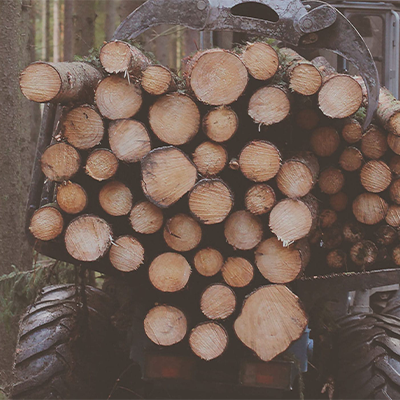
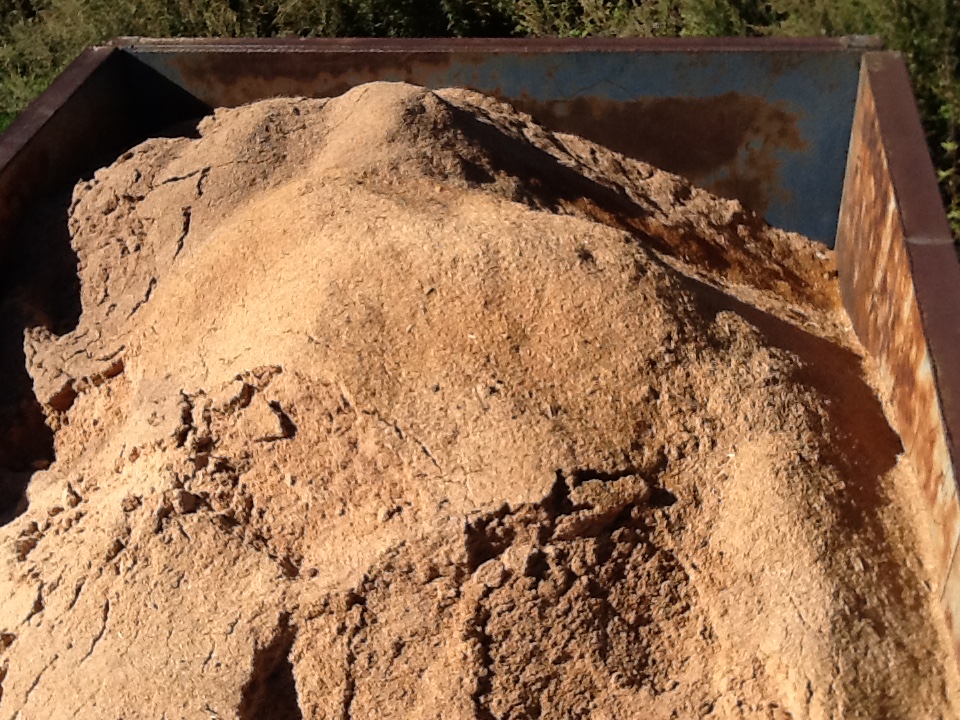
Smoking Wood Should Be Dust-Free!
Why– Wood dust is an irritant. How people react to the dust is dependent on each person’s immune system. You should make every attempt to purchase wood for cooking that is clean of dust, particularly for wood chips. Often sellers of wood chips for smoking don’t screen the product sold and you can often end up with a bag or box full of wood dust. This will certainly aggravate most respiratory systems and potentially could exacerbate already compromised systems.
Just as with the clean food concept which focuses on minimally processed foods and as direct from nature as possible, SmokinLicious® holds to the same approach.
Sourcing wood from forest regions (direct from nature) that are in close proximity to our manufacturing facility, provides us with the unique advantage to process into the various cooking products the hardwoods harvested that meet our strict criteria: 100% bark-free (we don’t allow any bark-on product to cross our threshold), 100% heartwood (no outer cores of the tree cross our threshold), harvested hardwood that is less than 6 months of age (ensures this is still a “green” product), chemical-free (no pesticide or growth enhancement techniques employed), and in raw state to allow us to process it into a suitable cooking wood size.
| THE SMOKINLICIOUS PROCESS | THEIR PROCESS |
|---|---|
| Uses only 100% bark-free, USDA compliant woods- allowing for shipments worldwide! | Sourcing of woods variable with no guarantee of species OR consistent supply of purchased variety of wood |
| ONLY uses HARDWOODS - no softwoods, press woods, wood fillers, or discarded/waste woods | Waste woods, mixed softwood and hardwood, potential for treated woods could be mixed in to their saleable products |
| NO diseased wood products ever used - We use the harvested trees within 3 months | Often sells to multiple industries from the same website with no indication that the product used for "cooking" is any different than the product used to clean up spills! You never know how old that product is! |
| We only manufacture for the "cooking" industry | Often these suppliers offer the same wood to industries like animal testing facilities, janitorial services (cleaning agent), sand blasting businesses, without any change in their manufacturing or sanitation procedures |
| Products are manufactured from forest grown trees so there is no concern for pesticide/chemical exposure | May NOT be the manufacturer of the product, just a supplier, with no knowledge of where the wood comes from and if any chemicals have been used |
| Kosher certification ensures our clean processes-nothing ever touches an unclean surface | Since the business focus may not be on cooking, the wood may have been left in a waste pile, with outdoor exposure, increasing the risk for pest infestation, absorption of chemical properties from the ground, and other contamination |
| We can customize the moisture level for the specific equipment and cooking technique- "no one moisture level fits all" concept | Air or kiln drying of the wood depleting the moisture level to below 10% resulting in destruction of the organic compounds responsible for flavor, limiting the wood's use in cooking |
| A custom screening process of our wood chips that ensures the elimination of all wood flour (the cause of most equipment failures!) | Wood chip product usually collected from a grinding operation that is collected outside, exposed to the elements, then scrapped up with heavy equipment bringing in dirt, dust, and anything else that came in contact with the pile |
